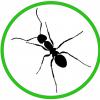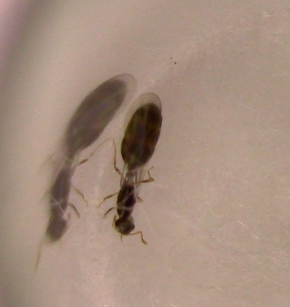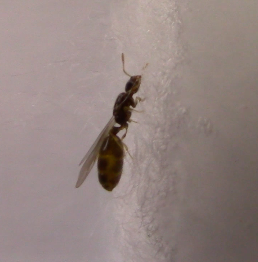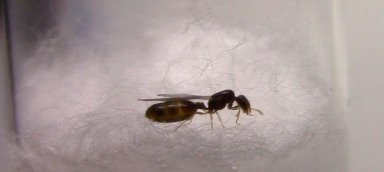S. truncorum was synonymized with carolinensis in Pacheco & Mackay, 2013. The Systematics and Biology of the New World Thief Ants of the genus Solenopsis (Hymenoptera: Formicidae):
"Forel (1901) separated the workers S. texana race truncorum from the S. texana race carolinensis by the lighter color, smaller size, shorter scapes and a narrower petiole. Direct comparison and measurement demonstrates that they are both similar in coloration, approximately equal in size, the scapes are actually slightly longer in S. truncorum and the petiole is equal in length. The females are apparently identical, although only the female from the type series of S. truncorum was available for study. Thus, S. texana truncorum is proposed as a junior synonym of S. carolinensis."
The type series of S. truncorum was collected in North Carolina. This paper also claims that Solenopsis validiuscula (a western species) has been falsely called S. truncorum in several pieces of literature since 1950, which I think could've possibly led to this eastern US taxon becoming something thought to occur in western states even if it doesn't. I can't find any literature relating to S. truncorum after this 2013 revision.
Luckily, AntWeb has a type specimen of a S. truncorum queen imaged in their database: CASENT0908856 Solenopsis carolinensis
To me at least, she looks just like the little yellow queens that come to blacklights in the early morning in the southeastern states; head shape, eye size, and ocelli size seem to match up very well. S. validiuscula is a species with larger, brown queens that are similar to S. molesta but have some consistent differences. Considering this, are we sure Californians aren't collecting S. validiuscula instead of S. truncorum?
Edited by Aaron567, July 14 2021 - 2:00 PM.






















